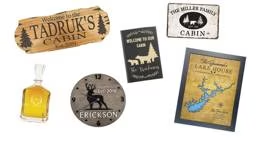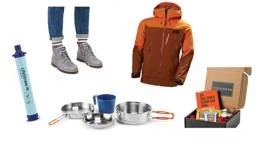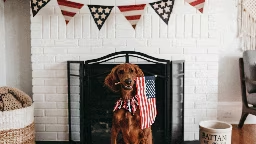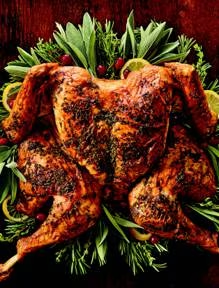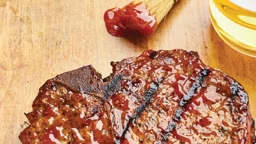
The following five tips from Napoleon Fireplaces & Grills are simple and will have you and your bbq in top grilling condition before you know it. So, what are you waiting for? Grab a cold one (or two) and get to work!
1. Have your cleaning supplies ready
You wouldn’t cook in a dirty kitchen, so why would you grill on a dirty barbeque? In order to sanitize and deep clean your grill, you will need thef ollowing products: a brass wire brush, small pail to hold hot water, dish soap, venturi brush, a 1/16-inch drill bit, replacement grease cups, spatula, stainless steel cleaner and some fine sandpaper.
2. Give your grill a good spring cleaning
Use the cleaning supplies to clean every nook and cranny of your barbeque.
- Start with the burners. It is easier to detach the burners and take them out of the grill for a very thorough cleaning. Pass a venturi brush through the burners to snag out any blockages, then brush the tops of the burners using a brass wire brush. Once the burners are cleaned, check all of the burner ports to ensure that they are opened. If some are closed with food particles you can use a the drill bit to open them.
- Sear plates and cooking grills should be washed with hot soapy water. Simply brush the top side of your cooking grills with a little oil to re-season them.
- Hot soapy water works wonders on the cast base and sides of the grill and to remove grease splatters on the outside of the grill. For porcelain lids, a thorough washing should suffice; for stainless steel lids, a stainless steel cleaner should be used to remove any discoloring. Once the paint is dried, brush the cast aluminum with a little olive oil, this helps restore the luster and prevent oxidation.
- Lastly, use a spatula to scrape grease from the inside of the base all the way down towards the drip pan. Remove the drip pan and give it a good washing. Be sure to replace the tin foil grease catcher.
Once your cleaning is done, it is a good idea to visually inspect all hoses and feed tubes on your grill. Look for any crimps, scratching and/or punctures. If you detect any of these, it is time to replace the hoses.
4. Do a complete leak test of the grill
A leak test should be performed whenever your grill has been in storage for a prolonged length of time or when you are changing any components on your grill.
5. Check all ignition parts
Now that your grill is clean and safe, it is time to check how it lights. For battery ignitions, it is a good idea to replace the batteries with new ones. Check all electrode leads, and ensure the tips of the electrodes are clean and have no grease or rust buildup on them. If they do, use sandpaper to clean them.
For complete leak test information and additional barbeque tips, visit Napoleon Fireplaces & Grills at www.napoleongrills.com




